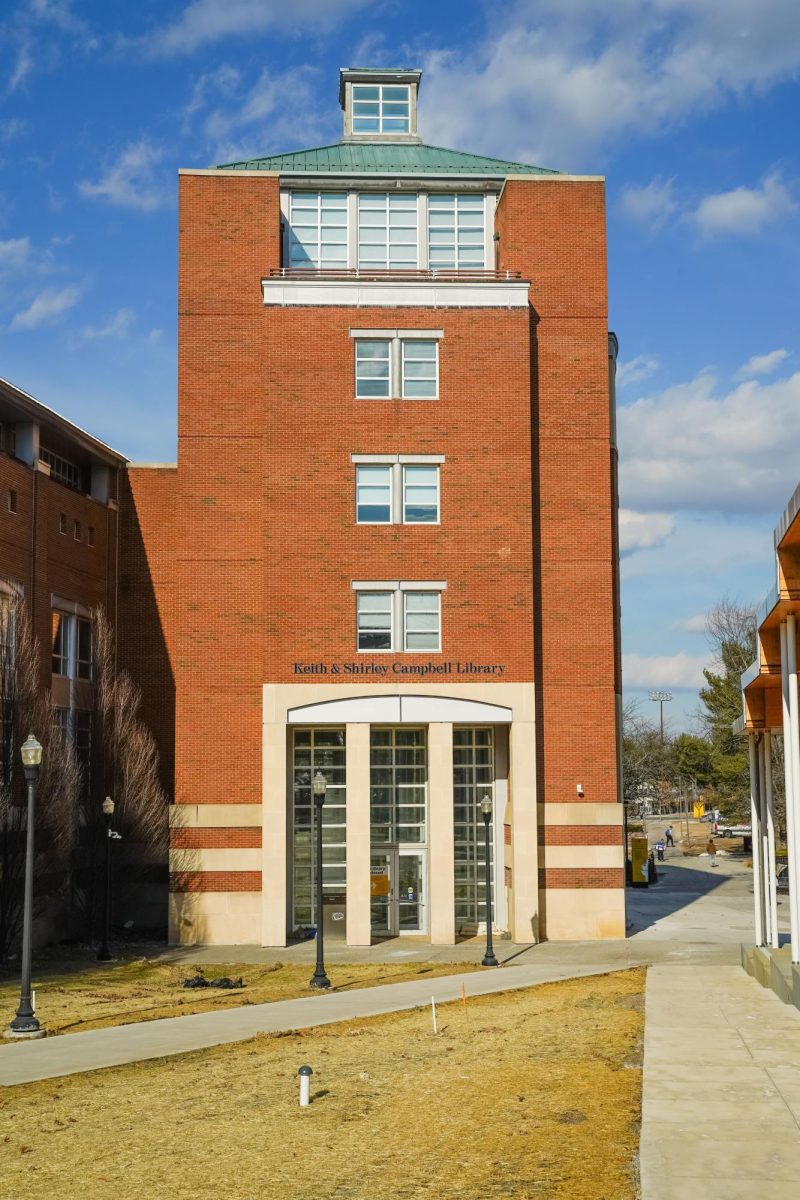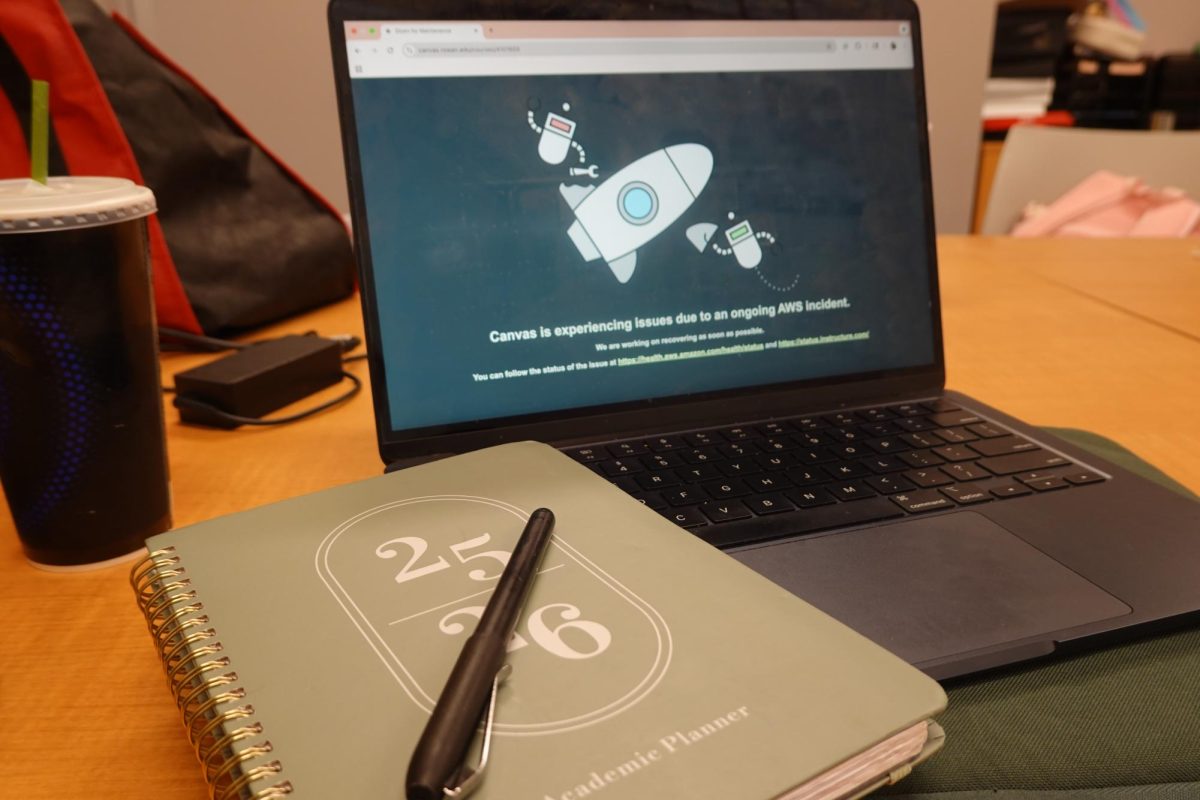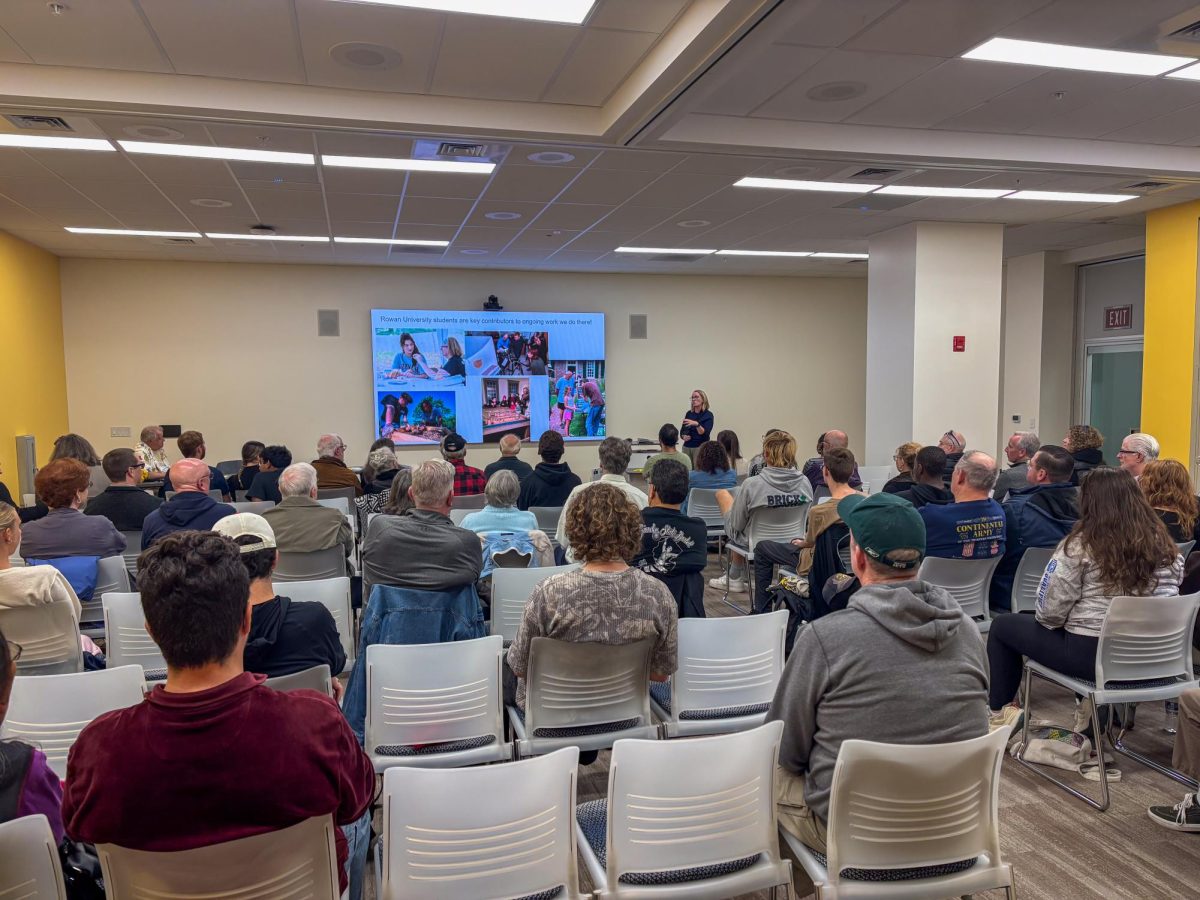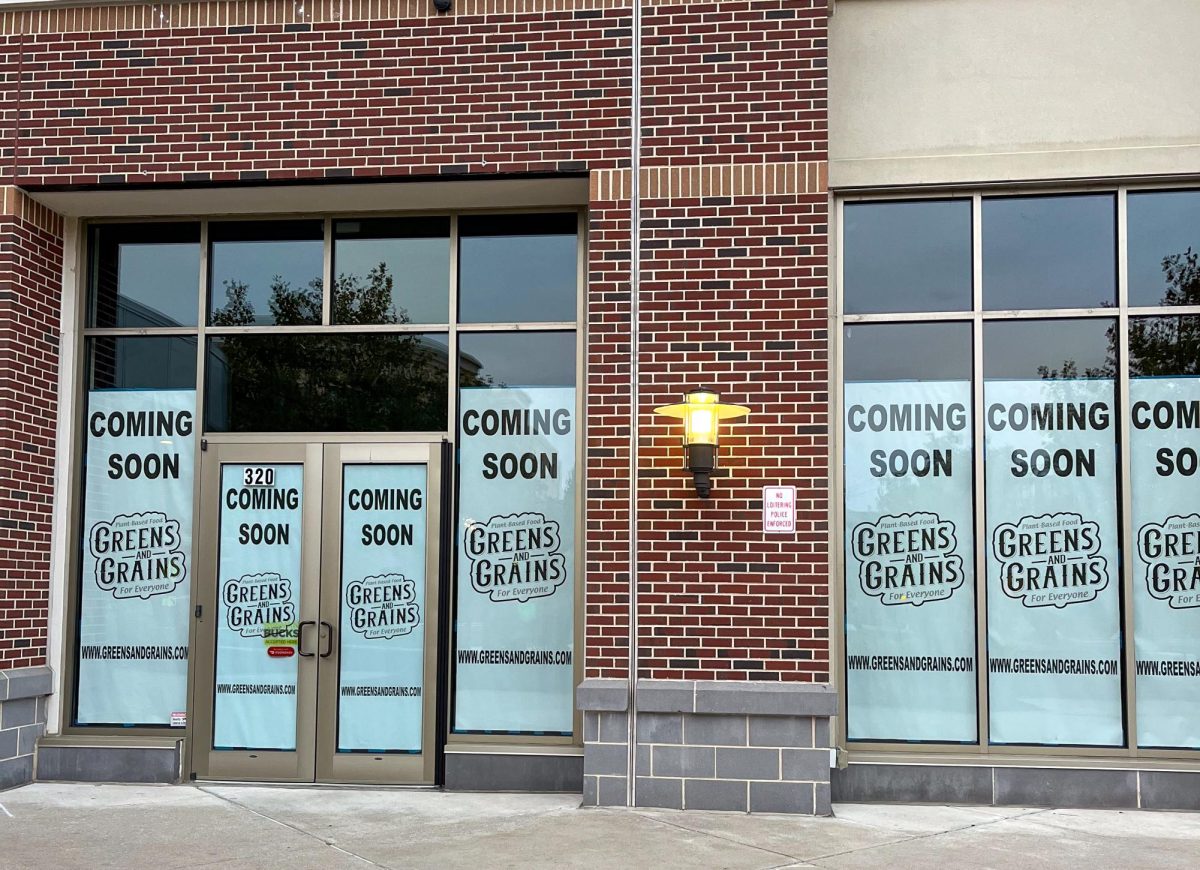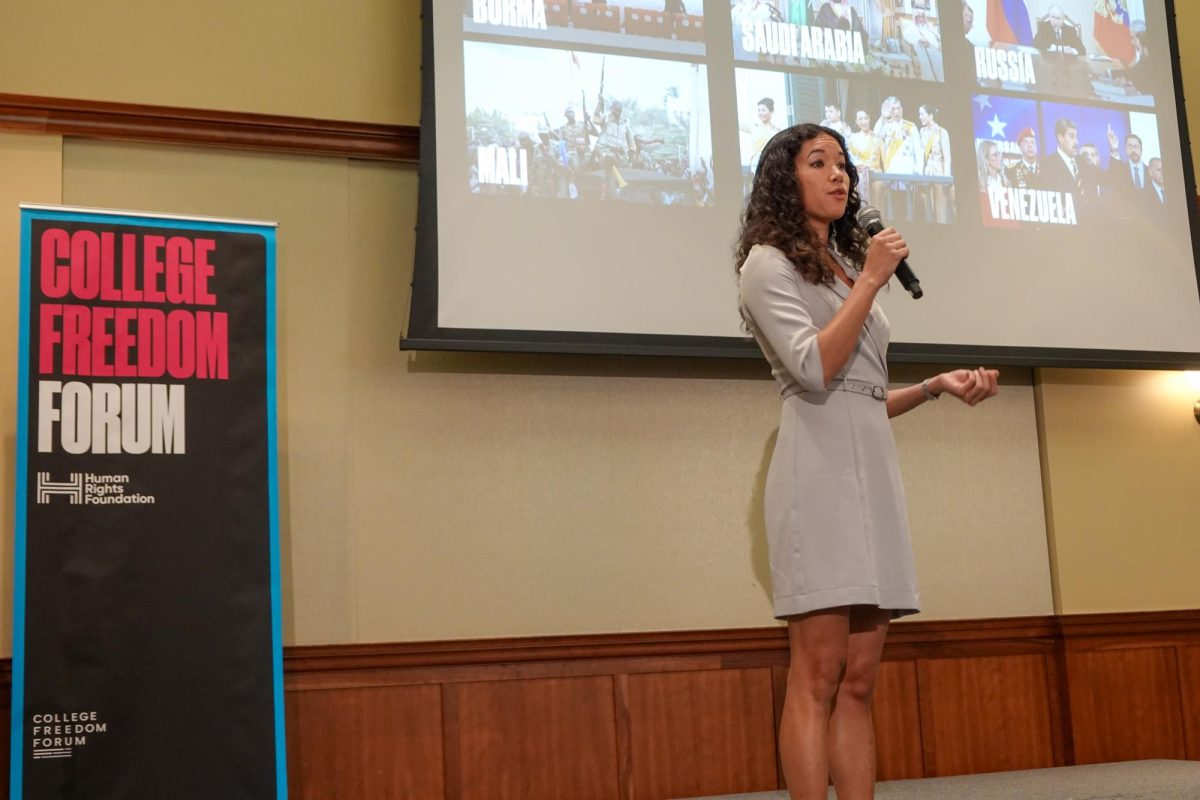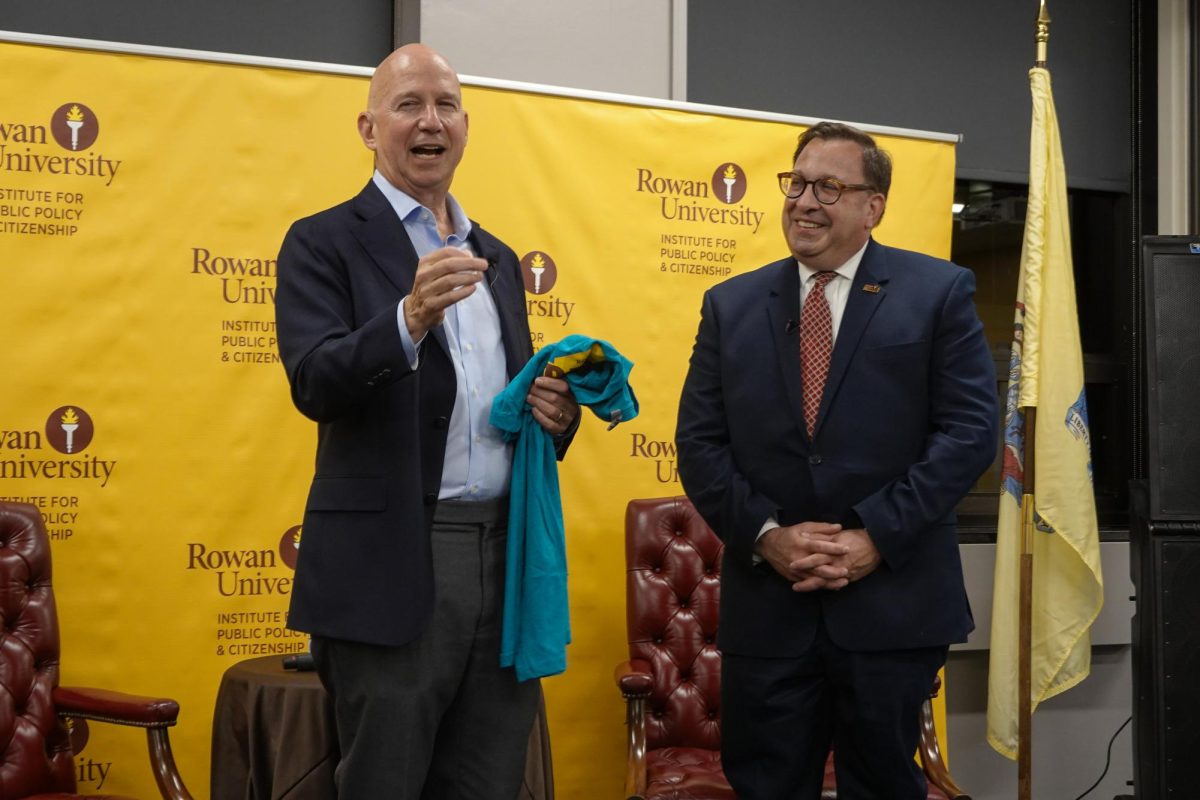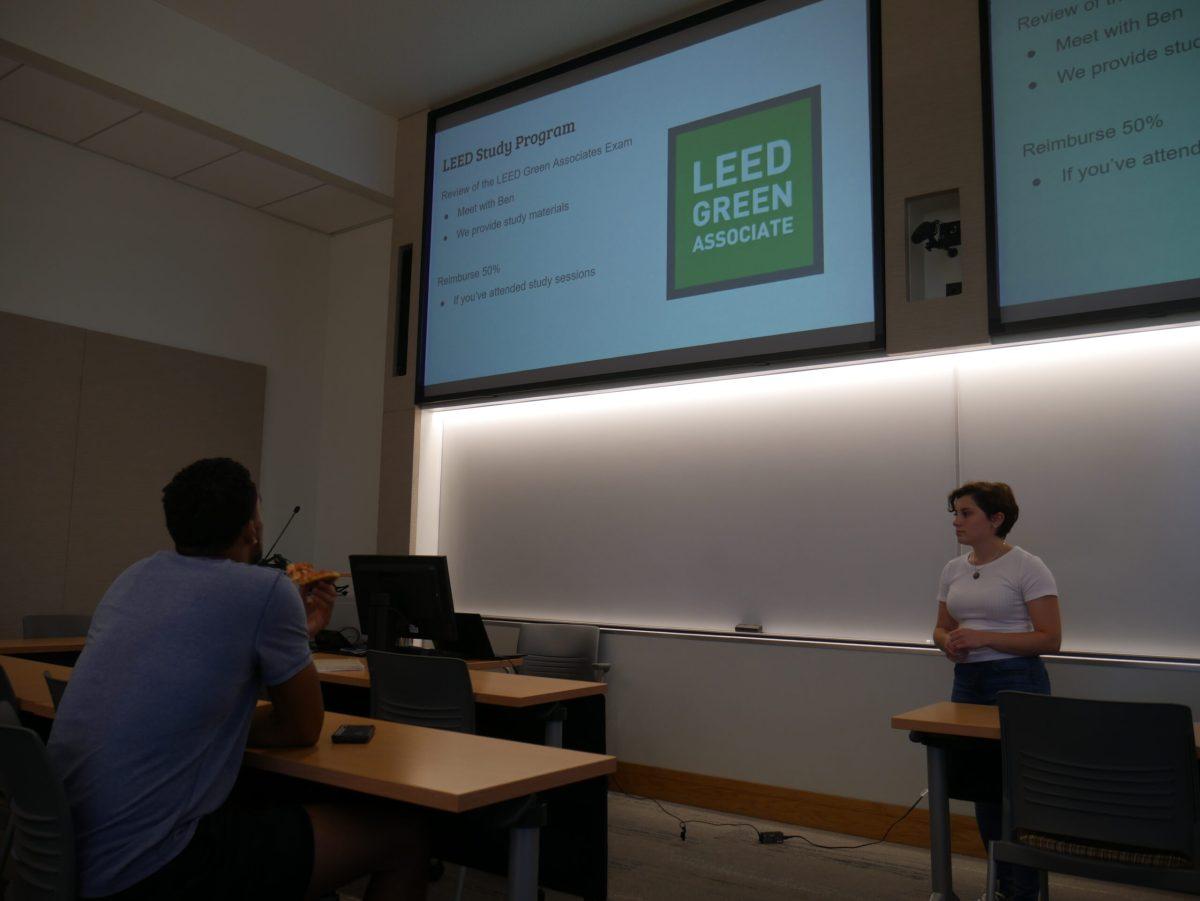With the push for action against climate change growing, many people are realizing that more needs to be done on a large scale, rather than doing small things at home to save energy or cut down on waste. While this can be helpful, it’s necessary for those with bigger realms of influence, like companies and large businesses, to do their part.
One thing that can help reduce a company’s impact on climate change is to make environmentally sustainable infrastructure a priority. Sustainability is important because it encompasses a variety of things, including energy usage in buildings and the actual construction of a building.
The best way to ensure that a building is sustainable is for it to undergo something called LEED certification. Through the U.S. Green Building Council (USGBC), buildings can undergo this rigorous certification process that involves the evaluation of their various aspects, from the placement of their windows to what kind of energy they use to power their facilities.
Certification is based on the Environmental Protection Agency’s Tool for Reduction and Assessment of Chemicals and Other Environmental Impacts (TRACI), which categorically characterizes the various impacts something can have on the environment.
While there are different levels of LEED certification — certified, silver, gold and platinum — each one requires professionals to go through and make sure that things are up to the standards of each certification level.
Each certification level requires a certain number of points, which are accumulated when credits are fulfilled by the evaluated structure. For instance, if a building is within a specified radius of a mass transit station, that would garner the building a certain amount of points.
The professionals who conduct these evaluations are people who have passed a series of exams administered by the USGBC, which test their knowledge of the nuances of certification. The first of these tests, the LEED Green Associate exam, is a major stepping stone to becoming a professional in this line of work.
Through the Rowan chapter of the USGBC, students can receive help with becoming a Green Associate. The club offers study groups for those who want to take the exam, and gives students a discount on the exam cost.
Kourtney Arena, the chapter’s president and a senior civil and environmental engineering student, emphasized that being a Green Associate is beneficial to any student’s resume.
“It helps give you a competitive edge if you want to get into any of the building industries… because companies know that you’ve already done half the work to get there,” Arena said. “That means they don’t have to wait for you to train and study and pay for you to go get your [Green] Associate’s and your professional [credentials].”
Though this is a good resume-building aspect for those who are studying construction-related majors, such as civil engineering, environmental studies and community and environmental planning, anyone with an interest can join the club and take the Green Associate exam.
For comments/questions about this story, email [email protected] or tweet @TheWhitOnline.


